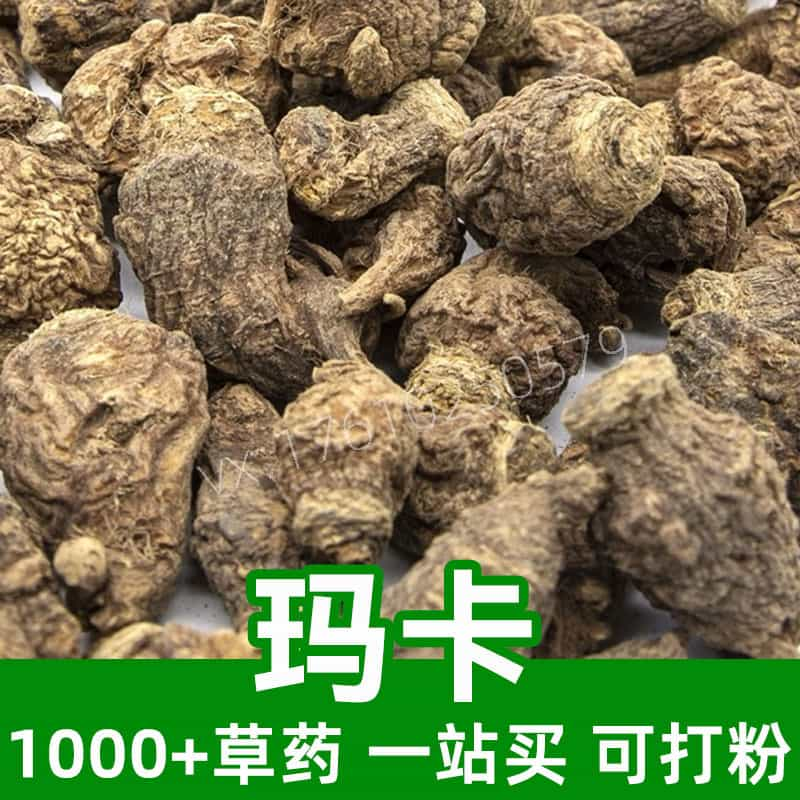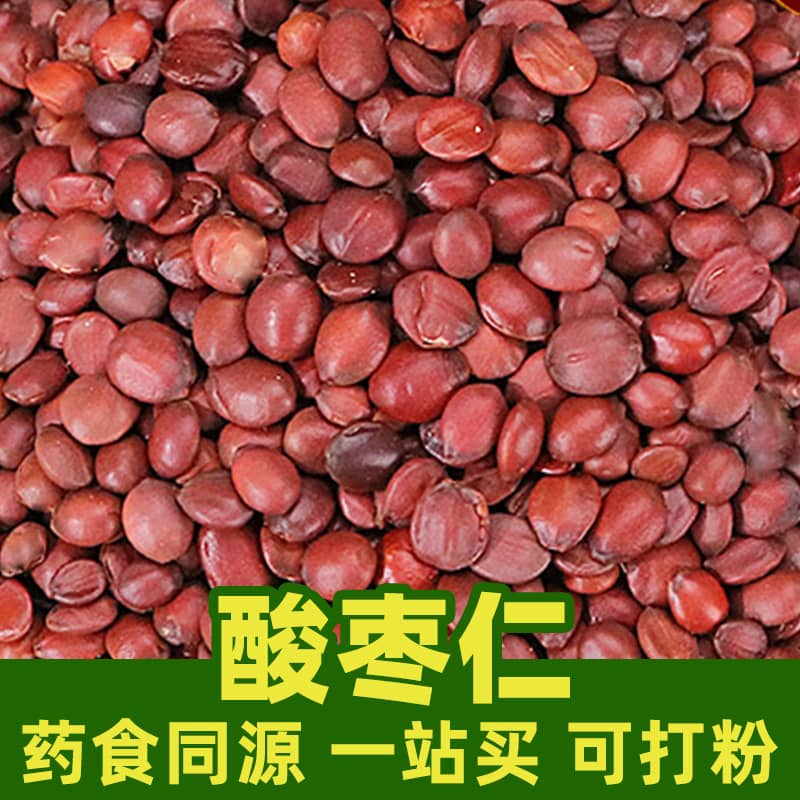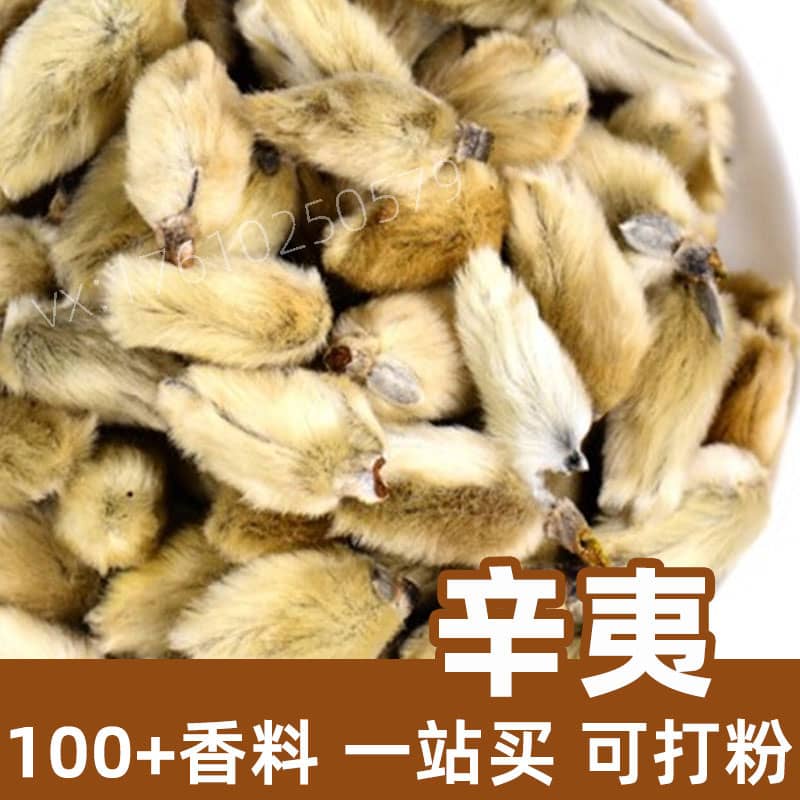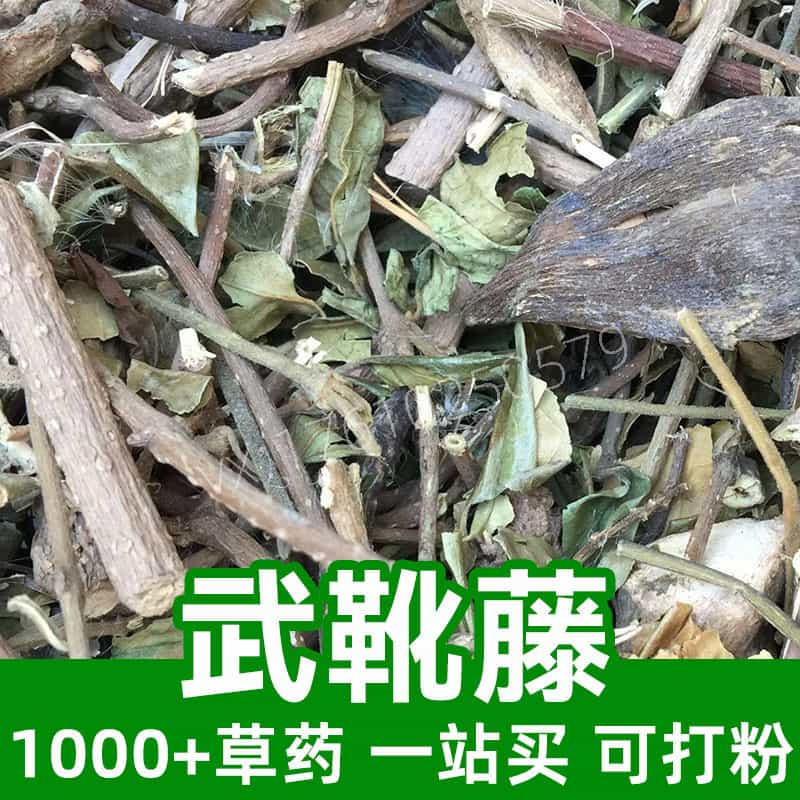Medicated Leaven Product Introduction
Medicated Leaven is a rice product made through a specific fermentation process, mainly composed of lactic acid bacteria, yeast, vitamins, and amino acids and other nutrients. It originates from rice and is made through fermentation. Medicated Leaven is commonly used in food processing, brewing alcohol, and medicinal foods, etc. Its main functions include regulating intestinal flora, promoting digestion and absorption, and enhancing immunity.
Main Effective Components of Medicated Leaven
Medicated Leaven is a fermented rice product, and its main effective components include the following:
- Lactic Acid Bacteria: Medicated Leaven contains rich lactic acid bacteria, such as Lactobacillus, Bifidobacterium, etc. These lactic acid bacteria can promote the balance of intestinal flora, improve intestinal health, and enhance immunity.
- Yeast: The yeast in Medicated Leaven mainly includes yeast mycelium and spores, such as brewing yeast, etc. They help promote the fermentation process of food, increase the taste and nutritional value of food.
- Vitamins: Medicated Leaven is rich in various vitamins, such as vitamin B group (such as vitamin B1, B2, B6, etc.), and vitamin K, etc. These vitamins play an important role in human metabolism and immune function.
- Amino Acids: Medicated Leaven contains rich amino acids, such as glutamic acid, alanine, lysine, etc. These amino acids are important components of human protein synthesis and play an important role in maintaining normal human function.
- Organic Acids: Medicated Leaven contains a variety of organic acids, such as lactic acid, malic acid, acetic acid, etc. These organic acids can not only improve the taste of food but also help regulate intestinal pH balance and promote digestion and absorption.
- Bioactive Substances: In addition to the above components, Medicated Leaven also contains some bioactive substances, such as enzymes, polysaccharides, etc., which have the function of regulating metabolism and promoting health.
In general, the main effective components of Medicated Leaven mainly include lactic acid bacteria, yeast, vitamins, amino acids, organic acids, and bioactive substances, etc. These components work together to give Medicated Leaven multiple effects, such as regulating intestinal flora, enhancing immunity, promoting digestion and absorption, etc.
Application Scenarios and Dosage of Medicated Leaven
Medicated Leaven has a wide range of applications in traditional Chinese medicine and the food field, and its main application scenarios and dosage are as follows:
- Traditional Chinese Medicine Application:
- Regulating Spleen and Stomach: Medicated Leaven is considered to help regulate spleen and stomach, improve appetite, and promote digestion and absorption. In traditional Chinese medicine, it is commonly used to treat symptoms such as poor appetite and indigestion caused by weakness of the spleen and stomach.
- Invigorating Spleen and Promoting Digestion: Medicated Leaven can promote gastrointestinal motility, increase digestive juice secretion, and help digest food. It can be used to treat symptoms such as poor appetite, abdominal distension, and diarrhea caused by weakness of the spleen and stomach.
- Enhancing Immunity: The probiotics and vitamins in Medicated Leaven help enhance immunity and prevent diseases such as colds and intestinal infections.
- Food Field Application:
- Fermentation Food Additive: Medicated Leaven can be used as a natural fermentation food additive, used to make various fermented foods, such as Medicated Leaven drinks, Medicated Leaven bread, etc.
- Flavoring: Medicated Leaven contains rich organic acids and can be used to make seasonings to increase the taste and flavor of food.
- Health Food: The probiotics and vitamins in Medicated Leaven are beneficial to human health and can be made into health foods, such as lactic acid bacteria drinks, lactic acid bacteria tablets, etc.
- Dosage:
- Traditional Chinese Medicine Decoction: If used for traditional Chinese medicine decoction, usually an appropriate amount of Medicated Leaven is added to the water for decoction, and then the juice is taken for drinking. The dosage is generally 10-30 grams per time, depending on the specific situation.
- Food Additive: As a food additive, it can be added in an appropriate amount according to the production process needs, generally according to the product formula ratio, generally not exceeding 1% of the total amount of food.
In general, Medicated Leaven is mainly used for regulating spleen and stomach, invigorating spleen and promoting digestion, and enhancing immunity in the field of traditional Chinese medicine, while in the food field, it is mainly used as a fermentation food additive, flavoring, and health food. Its usage and dosage depend on the specific situation and need to be used reasonably according to actual needs.
Introduction, Distribution, and Growth Environment of Medicated Leaven Source Plants
Medicated Leaven is a food made by fermenting grains, and its main source plants are barley, wheat, rye, oats, and other grains. The following is an introduction to the source plants of Medicated Leaven, distribution, and growth environment:
- Barley (Hordeum vulgare):
- Introduction: Barley is one of the main raw materials commonly used in Medicated Leaven. It belongs to the Poaceae family and is an important food crop widely cultivated worldwide.
- Distribution: Barley originated in the Middle East and is now widely distributed on all continents. It is mainly grown in Asia, Europe, North America, and Australia, etc.
- Growth Environment: Barley likes a mild and humid climate, with an appropriate growth temperature of 15-22 degrees Celsius. The soil requirements are not high, but it grows better in well-drained soil.
- Wheat (Triticum aestivum):
- Introduction: Wheat is another common raw material for Medicated Leaven and is also one of the world's main food crops. It belongs to the Poaceae family and is one of the main edible grains for humans.
- Distribution: Wheat originated in the Mesopotamian region of the Middle East and later spread to various parts of the world. It is mainly grown in Asia, Europe, and North America, etc.
- Growth Environment: Wheat has strong adaptability and is suitable for growing in a warm and humid climate, with a growth temperature of 10-20 degrees Celsius, and the soil requirements are relatively loose and fertile.
- Other Grains:
- Rye (Secale cereale): Rye is also commonly used in the production of Medicated Leaven, and its growth environment is similar to that of barley, liking a mild and humid climate.
- Oats (Avena sativa): Oats are usually used to make oatmeal and oatmeal porridge and other foods, and can also be used for the fermentation of Medicated Leaven. It likes a mild and humid climate and has strong adaptability.
These grains, as raw materials for Medicated Leaven, are widely distributed around the world, and their growth environment is mainly a mild and humid climate with strong adaptability. The cultivation of these plants provides rich raw material resources for the production of Medicated Leaven.
Harvesting, Processing, and Storage of Medicated Leaven
The harvesting, processing, and storage of Medicated Leaven are important links to ensure product quality and maintain nutritional components. The following is information on the harvesting, processing, and storage of Medicated Leaven:
- Harvesting:
- The harvesting of Medicated Leaven is mainly aimed at the harvesting of raw material grains (such as barley, wheat, etc.). During harvesting, it is necessary to choose grains with appropriate maturity, usually after the grains are mature.
- Pay attention to avoid harvesting too early or too late to ensure the quality and nutrition of the grains.
- Processing:
- The processing of Medicated Leaven includes cleaning, grinding, fermentation, and other steps. First, the harvested grains are cleaned and ground to remove impurities and husks.
- The ground grains are used as raw materials for fermentation. During the fermentation process, fermentation agents such as yeast and other microorganisms are added to convert the starch in the grains into fermentation products.
- Storage:
- During the storage and preservation of Medicated Leaven, attention should be paid to moisture-proof, insect-proof, and mold-proof measures to maintain product quality and nutrition.
- Medicated Leaven is generally stored in a dry form and can choose a ventilated and dry environment to avoid direct sunlight and high temperature.
- During the storage process, the product quality should be regularly checked to ensure that there is no odor, mold, and other abnormalities. If any abnormality is found, it should be dealt with in time or the storage container should be replaced.
- Packaging:
- When packaging Medicated Leaven, dry and sealed packaging materials should be selected to prevent moisture and insects.
- Pay attention to avoid oxygen entering during packaging, and vacuum packaging or modified atmosphere packaging can be used to extend the shelf life of the product.
Through reasonable harvesting, processing, and storage and preservation measures, the quality and nutritional components of Medicated Leaven products can be ensured, so as to meet the needs of consumers and extend the shelf life of products.
Monica Sun is a seasoned expert in the natural raw materials industry, with over a decade of experience specializing in traditional Chinese medicinal herbs, spices, and fungi. She is skilled in the sourcing, processing, and application of these materials, emphasizing sustainability and innovation. Monica Sun has contributed to the development of high-quality natural raw materials that serve as essential components in functional foods, pharmaceuticals, and cosmetics, delivering tailored solutions to meet diverse market needs.
















